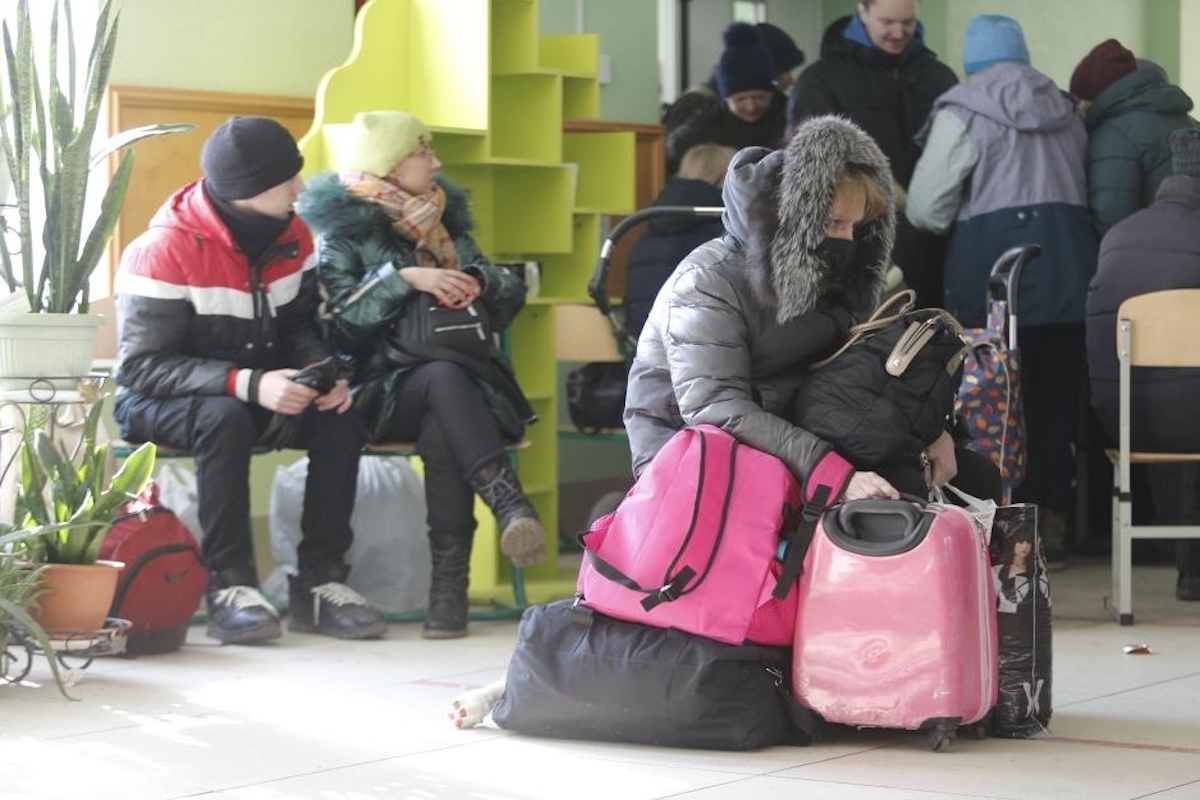An extremely distressing sidebar of the Ukraine war, though rather inadequately reported the world over, is the migration from the former Soviet satellite, believed to be the largest since the Second World` War. There are an estimated 6.2 million Ukranian refugees in Europe and another 6.3 million have been “internally displaced”. A careful calibration would suggest that 30 per cent of the country’s estimated pre-war population have been displaced and forced from their homes. In those terms, this represents by far the largest migration crisis since 1945. Ukraine does not release public accounts of military casualties. The areas overrun by Russia are guesses at best, but officials estimate that tens of thousands of Ukrainians have been killed and many more wounded. Major cities have been levelled.
According to Ukraine’s defence minister, 140,000 residential` buildings have been destroyed, rendering 3.5 million people homeless. Indeed, the bloodshed, dislocation and devastation grows each day. The massive migration has taken its toll on human lives and suffering. Two civilians were killed and five were injured while trying to flee Russian-held territory in the southern Kherson region on Monday. Russian forces are reported to have fired on their red minibus at what officials said was “pointblank range”. In the east, the focus of the recent Russian offensive, carrying women, children, elderly people and many with reduced mobility to safer territory in the west was the priority this week. The migration from Ukraine, therefore, has affected the entire country, in itself a heartrending facet of the Russian invasion.
Advertisement
President Volodymir Zelensky has pleaded with some 200,000 civilians in the east to evacuate the already depopulated areas’ near the frontlines, where Russian artillery has laid waste to whole towns. But the nub of the matter must be that many cannot do so. And they include many who cannot leave because of age, illness or even because they are encircled by Russian attackers. There are others who are described as Russian sympathisers, and those who are called merely stubborn. Aside from the clash of shields and the almost relentless boots-on-the-ground conflict, the humanitarian angle is frightfully heartrending, with thousands killed and many more having lost their hearth and home. The seemingly relentless war has rendered thousands homeless and without a roof over their heads.
The escape from embattled Ukraine has not addressed their dire predicament a wee bit. Ukraine, in a word, cries out for international assistance geared to relief and rehabilitation. Not least by the United Nations, which historically has rushed to storm-centres where individual countries fear to tread. The effort must by necessity be collective and humane. In the event, a collective message can be transmitted to Vladimir Putin’s Russia. The comity of nations is on test as the average Ukrainian cries out for assistance.











